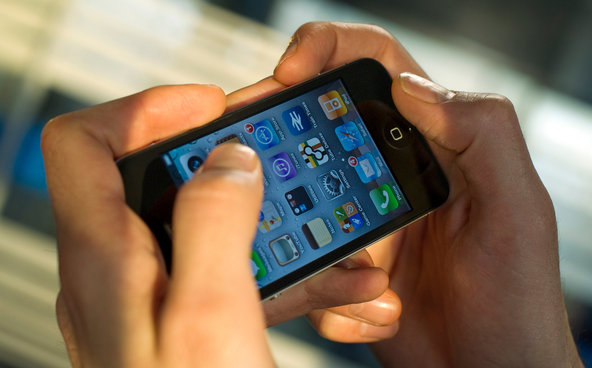This year I resolve to become a Mint.com power user.
I’ve been using the money tracking site for a couple of years now, but I would let many months pass between visits to the actual Web site, where I could see precisely where my money was going in colorful pie charts. But now that I’ve invested in a new iPhone, I’ve downloaded the Mint app and have even gone as far as manually entering most of my cash transactions, like the $8 Vietnamese noodle dish I recently bought at the restaurant across the street from my office. (Note to self: Stop spending $8 on lunch.)
Last year, I kept my financial resolution and shifted to a savings-oriented budget: I opened a savings account at ING Direct, which allows you to set up several subaccounts. I earmarked those for various short- and long-term goals, including a down payment fund and a vacation account, among other things. Each month, a set amount of money is shuttled to each mini-account. It’s mindless savings.
But I’d also like to see how much more we can save, and it would help to track how much we’re spending — and saving — compared with how much money we’re bringing in.
Mint is probably one of the most sophisticated tools on the market — though there are newcomers like LearnVest that are catching up. But it’s certainly not without its quirks and glitches. My monthly gym membership charge always shows up twice each month, for instance, and the same thing happened on a handful of purchases that I made in December. (I’ve contacted Mint, and it’s looking into the issue.)
Beyond the tangible benefits, there is something empowering about keeping a close eye on your spending. After all, costs are the only thing we can (mostly) control.
Article source: http://feeds.nytimes.com/click.phdo?i=82bfa70d3ec02e78f29dc4c7b05ea1ab
